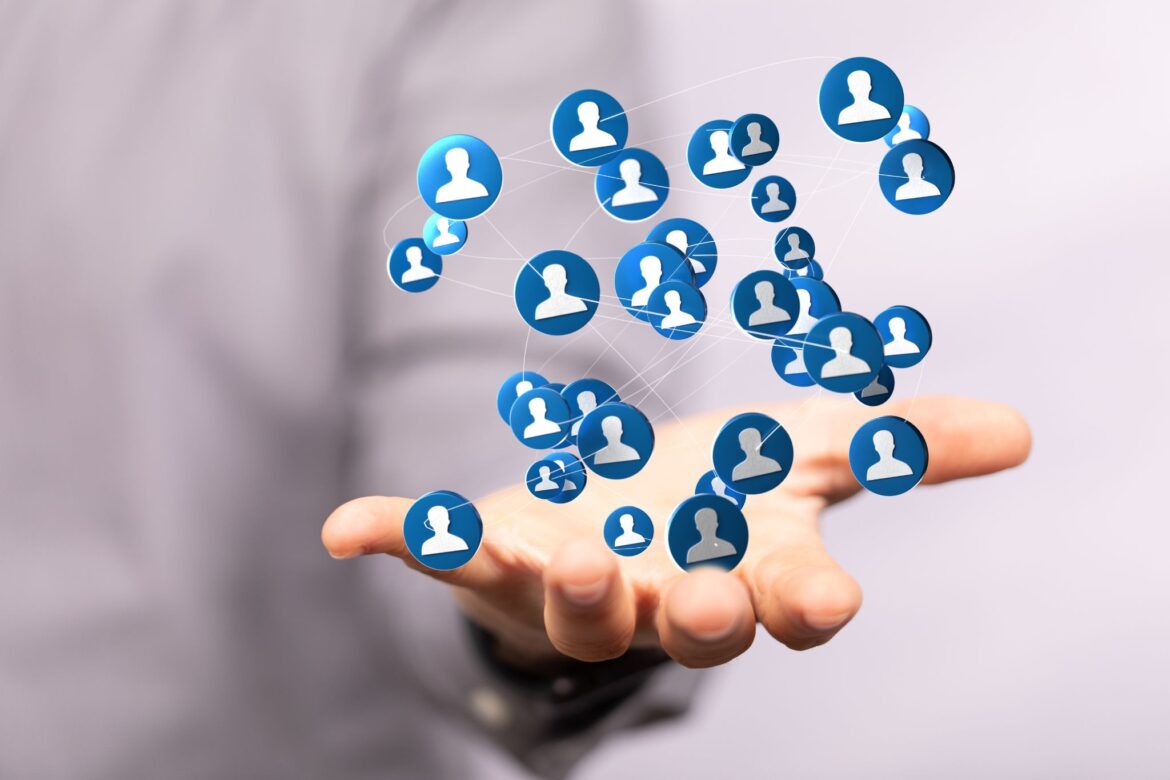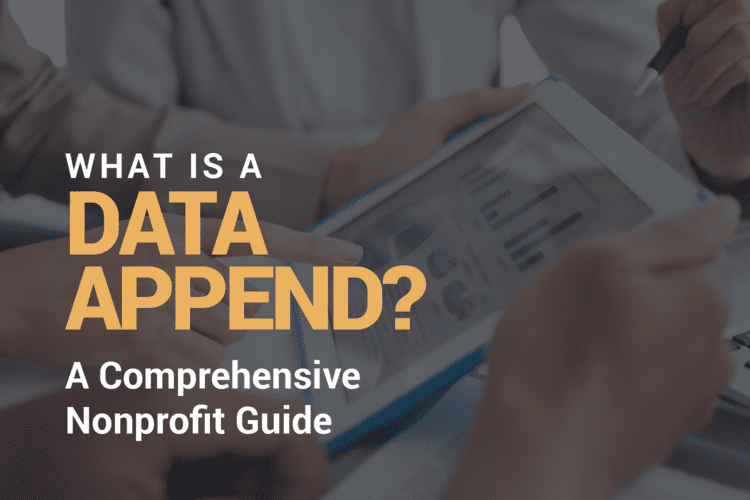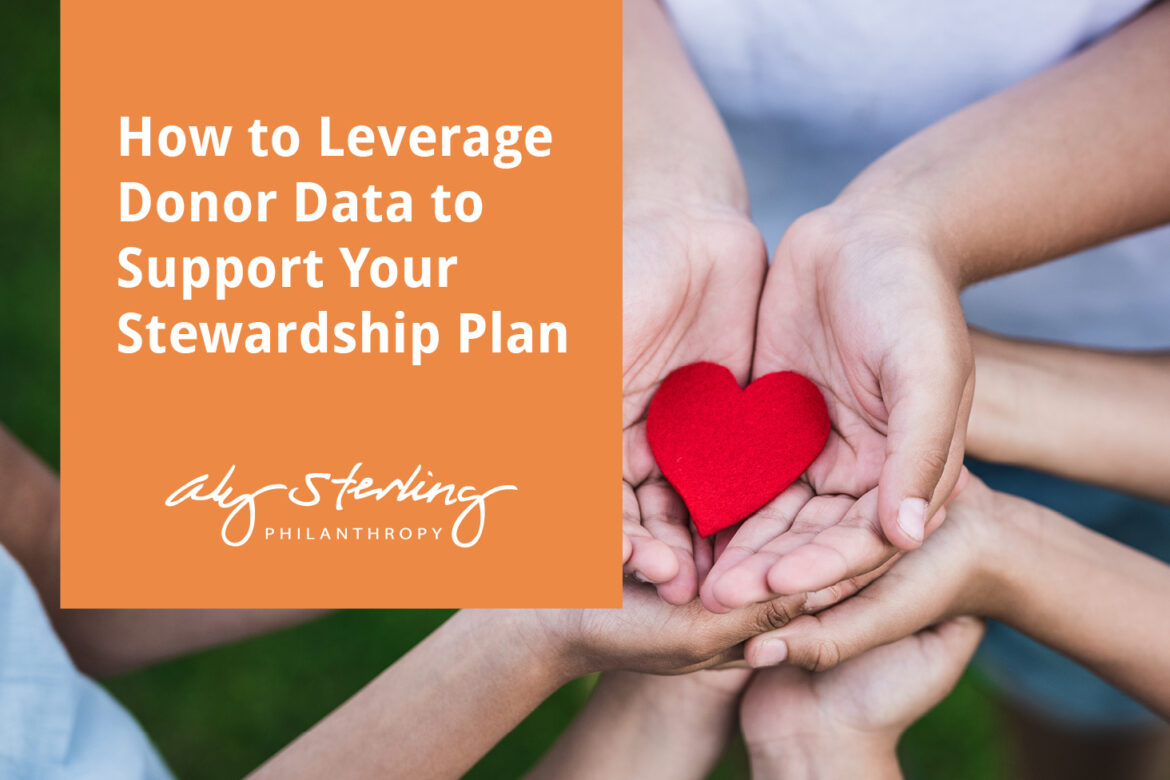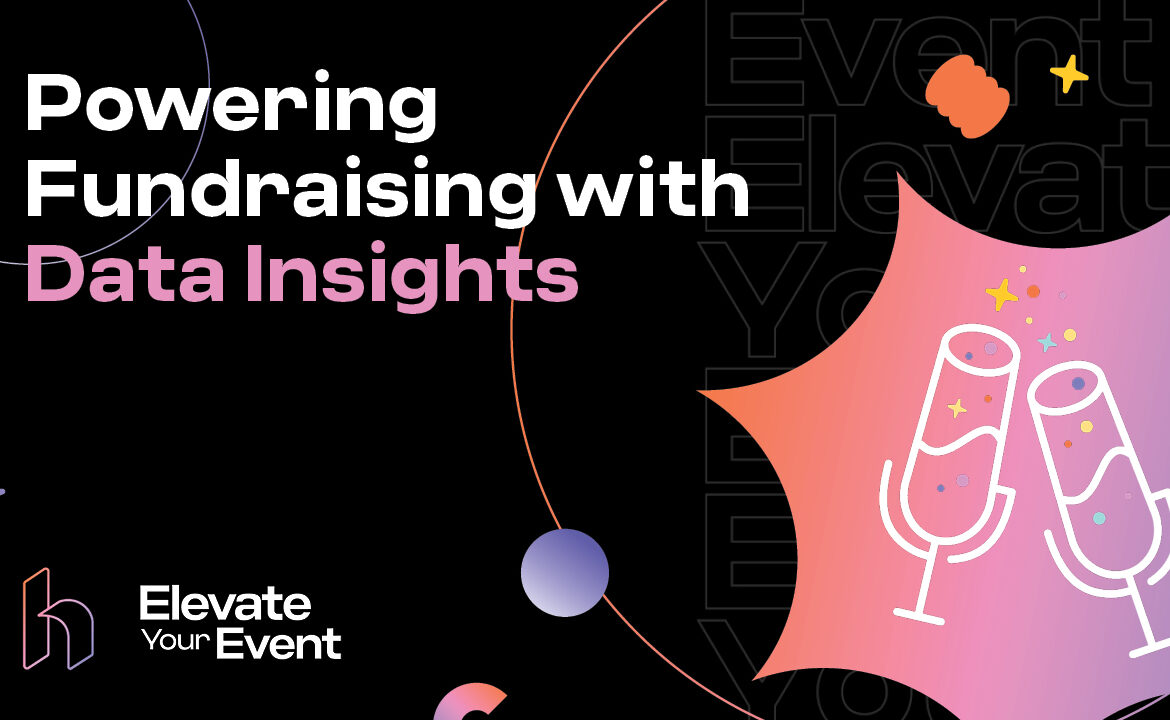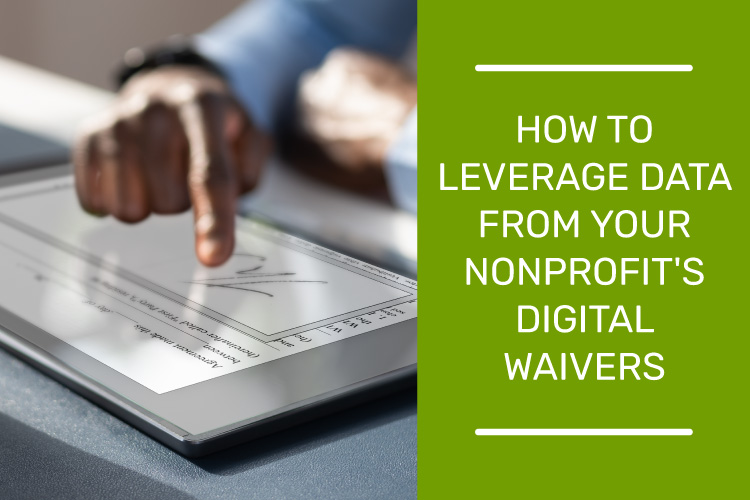Maintaining unified branding across platforms helps nonprofits connect with supporters. This guide offers practical strategies to create cohesive branding.
Essential Nonprofit KPIs to Measure Campaign Success
Many nonprofits operate with limited resources like staff time and budget constraints. Because of this scarcity, you need to make the most of every resource to launch successful fundraising ...
What Is a Data Append? A Comprehensive Nonprofit Guide
As a nonprofit professional, you likely interact with data daily. From managing your weekly volunteers to gathering donor communication preferences, your nonprofit needs to work with clean, complete data points to raise ...
How to Leverage Donor Data to Support Your Stewardship Plan
The path from new donor to loyal supporter can be a tricky one to navigate, especially if your nonprofit is struggling with low retention rates. To create an informed approach to donor stewardship, you’ll need to pull from data insights.
In this guide, we’ll cover how you can leverage data analytics to support your donor stewardship strategy and maximize giving. Backed by a pool of recurring givers, you’ll be able to establish a predictable donation pipeline that you can count on.
Identify relevant engagement opportunities
Your first-time donors likely won’t have an in-depth familiarity with your cause, meaning you must introduce them to your mission and show why it’s worth their continuous involvement. One of the best ways to connect new donors to your mission is by creating relevant engagement opportunities.
While it’s a safe bet that your first-time donors have a general affinity for your cause, their passion can likely be boiled down into more specific interest areas. For example, an animal welfare organization might have donors who are strongly interested in their adoption efforts while other donors are most passionate about their goal to end cosmetic animal testing.
With data insights you’ve gathered from your supporters so far, you can offer opportunities beyond donating that relate to their interests and lead to stronger connections with your cause. For example, you might invite them to:
- Volunteer at your facility or during your next event or program
- Sign a petition to advance your advocacy campaign
- Attend a topic-focused luncheon
- Participate in a day-in-the-life program that allows donors to shadow members of your team
- Join your donor club with accompanying community-building events
Map out your different engagement opportunities in a donor stewardship matrix. A donor stewardship matrix outlines the different outreach strategies you’ll use to connect with supporters, when you’ll use them, and the point people responsible for executing each action.
For example, you might save your more high-impact stewardship tactics, like setting up a meeting with one of your board members, for gifts amounting to $1,000 or more.
If you’re not sure how to make a custom stewardship plan that makes sense for your nonprofit, consider working with an expert fundraising consultant.
How to Power your Fundraising with Data Insights
In this episode, AlumniFinder team members Jennifer Cole and Chris Boyette provide their expert insights on how to harness data for effective engagement. With AlumniFinder’s expertise as a trusted provider of comprehensive alumni database solutions for nonprofits and educational institutions, this panel discussion covers the importance of high-quality donor data for fundraising success.
Join us as we explore strategies for personalized communication, database management, and the significant impact of clean data on campaign performance. This discussion provides valuable guidance for nonprofits looking to optimize their fundraising efforts and strengthen connections with donors.
Some topics covered in this discussion include:
- The importance of maintaining accurate data and correcting data prior to a campaign.
...
How to Leverage Data from Your Nonprofit’s Digital Waivers
While donor data is incredibly valuable, it can take time to consistently collect and organize accurate information. But, you can make the forms and documents that you already use work to gather key information for you.
In this guide, we’ll explore the reasons to prioritize using fresh, high-quality donor data and how digital waivers can help your nonprofit do so. To get started, let’s walk through the key benefits a robust file of donor information can bring your organization.
Why is this data important?
When you understand your donors, you can tailor your organization’s marketing and fundraising strategies to resonate with their exact reasons for supporting your nonprofit. This makes donors feel valued and understood, encouraging long-term support.
In addition to improving your relationships with donors, leveraging donor data can benefit your nonprofit by helping you:
- Consistently meet fundraising goals. Once you have donor data to reflect on, your nonprofit can set goals—based on past performance—that are ambitious yet attainable. Along with your goal-setting being more accurate, access to donor data increases your chances of meeting those goals by giving you the information you need to appeal to donors’ desire to give. For example, you could segment donors by their average gift size and make customized appeals that push the envelope enough to achieve increased donations, but not so much that donors feel put off.
- Increase marketing ROI. Without data analysis, marketing can feel like a shot in the dark. But when you know which communication channels your donors engage with, what messaging strategies resonate with them, and how they prefer to support your cause, donors will respond more positively to your efforts. Over time, this will allow you to allocate marketing dollars more effectively, reducing waste and improving your return on investment.
- Boost retention. Providing a more personalized experience will help you retain your donors. They’ll feel like an intrinsic, valued part of your team and know that their support makes a difference within your nonprofit. Additionally, keeping a close eye on donor data will help you spot donors at risk of lapsing so you can take steps to draw them back in.
To truly maximize the positive impact donor data has on your nonprofit, make sure you are following best practices for donor data management. To keep your files organized, NPOInfo’s guide to donor data management recommends keeping your data in one place, using standardized data entry formats, developing entry guidelines, planning for exceptions, and frequently reviewing your files. Remember to train any staff members who will interact with your data to accurately enter, organize, and analyze the information.
What is an easy way to gather this data?
There are many different ways to gather information about your supporters. For example, you may conduct wealth screenings that help you understand a donor’s giving capacity by revealing factors like their household income, real estate and stock ownership, and net worth. However, methods like these can be time-consuming and expensive, making them feel out of reach (or simply inconvenient) for many nonprofits.
Simply asking your supporters to tell you what you need to know is a simpler way to get this information. You can send out surveys to current supporters, but there is no guarantee that they will open or complete the forms. Instead, gather data through forms like waivers that your donors need to complete in order to attend events or volunteer opportunities.
Digital waivers are the simplest, most convenient option to use when securing a release of liability. Using waivers, you can obtain baseline information about supporters including their full names, home and email addresses, phone numbers, dates of birth, and preferred languages.
To go beyond these more basic traits, Smartwaiver’s guide to waiver software recommends choosing a provider that offers customizable forms, allowing you to add as many personalized questions as you’d like.
What insights can nonprofits gather from digital waivers?
When you are creating your waiver, take the time to draft questions that will help you uncover the data that will be most valuable to your nonprofit. While these questions will vary based on your unique needs, here are a few that can get the ball rolling:
=&5=& Use this question to get a better understanding of which platforms your audience uses and which of your outreach channels are the most effective.
=&6=& This question will help you understand whether volunteers or event participants are supporting your nonprofit because they value the cause, are honoring the memory of a loved one, are involved with CSR efforts, or for another reason.
=&7=&

